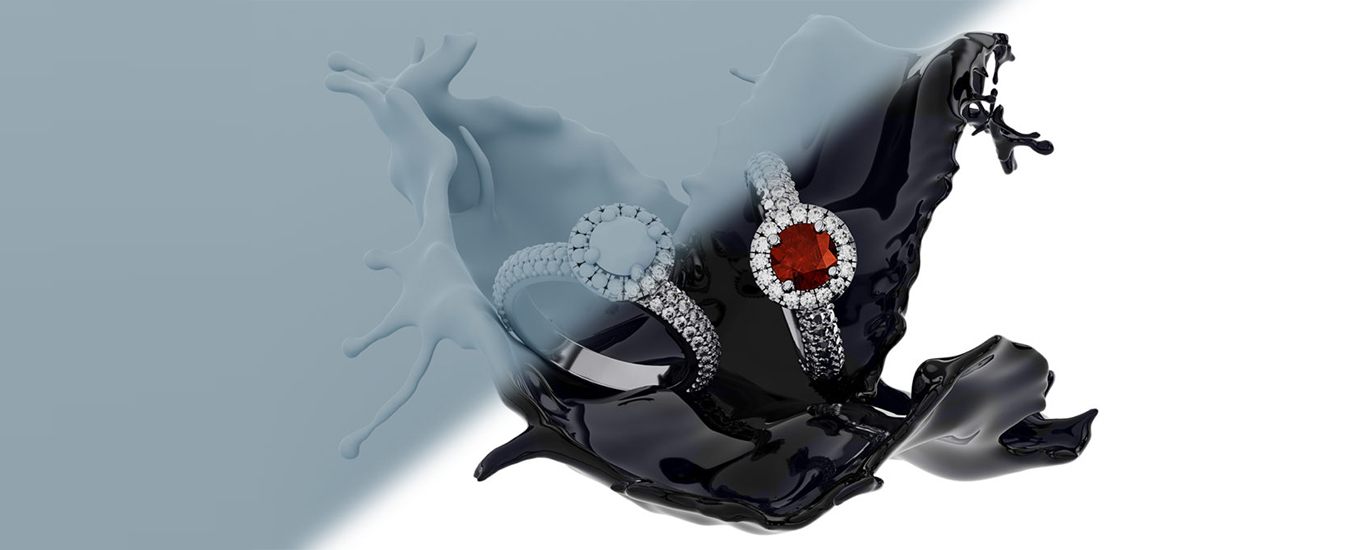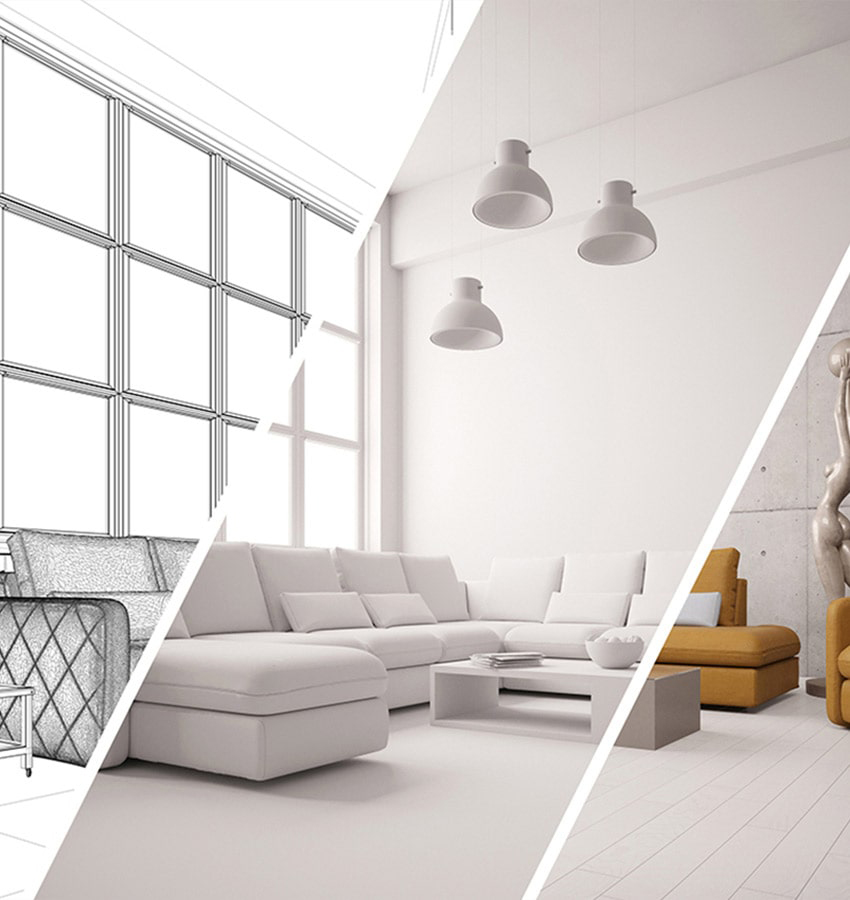
Advancements in technology, new equipment, or new software can occasionally turn an industry on its head. Lets understand more about CGI Photography – The Future of Image Enhancement Is this what is going on with “CGI photography”? CGI (Computer Generated Images) has been around for a long time. However, they appear to be fueling a change that is afoot in the photography industry. The levels of photorealism that can be achieved simply with CGI these days can make distinguishing between digital photography and CGI difficult, if not impossible. Is this, therefore, the future? Is a new revolution on the horizon?
Turning the world on its head (again)
At least one world-changing revolution has already occurred in photography. Almost anyone can try CGI photography in seconds and quickly see the results. However, this is a relatively new phenomenon, as digital photography did not take off until the 1990s and beyond (around 30 years ago). Prototype digital cameras were available in the 1970s and 1980s but were not widely distributed. Many people cannot fathom their lives without digital photography. Mobile phones are frequently sold based on how fantastic their cameras are! Will CGI photography eventually supplant digital photography, just as digital replaced film?
Digital was initially pricey and unable to compete with film’s image quality. Some others were adamant about sticking with the old-fashioned way of using film. As technology advanced, it became not only better but also less expensive and more universally accepted. It allowed the general public to experiment with photography without the expense and inconvenience of preparing the film. Soon, the tables turned, and the film became a speciality product while digital became popular.
What is the next logical step?
Pixels have been used to make images since the advent of the digital age. A camera sensor contains light-sensitive pixels that collect light to create an image file. The files are displayed on pixels-based screens. Art software had been around for a long time and was essentially all about manipulating pixels. As a result, it was not a giant leap for people to start controlling image files to add, remove, or change the pixels recorded. Photoshop was revolutionary and is now the industry standard for digital images.
Some called this “digital art” rather than photography. However, the line has been blurred, and at least some modification is now considered typical. We must recall that the process by which a film was created also permitted experts to “edit” their visuals. Because of the technology required, this was not feasible for the general public. Therefore we relied on laboratories to accomplish it for us. However, in a digital environment, anyone can experiment with image development. Professionals will increasingly rely on software like Photoshop to make composite photos from multiple shots, such as the one below.
So, by starting with the pixels in the computer, are we taking a logical step forward? If we are going to manipulate the pixels anyhow, why not just make the ones we need? Can’t we save time on retouching by creating a perfect image in the first place?
Is CGI Photography the same as natural photography?
It would appear that going from film to CGI would be a tremendous leap. On the surface, it seems that the two have nothing in common. One revolves around a critical time when all ingredients come together to form an image. The other can be done gradually on a computer without needing sets, travel, or seeing anyone else. However, if we delve deeper, we will find numerous overlaps.
A camera is used in CGI. Although it is not a tangible item, it must be set up with the proper focal length, depth of focus, and location to create an appealing composition. Lights of various sizes and power levels are used in CGI photography. The subject requires a scene that will make an exciting image. So far, any photographer will recognize all of these components.
However, none of it is true!
Light is crucial to photography. The term “photography” is derived from the Greek word photos, which means “light.” So, if there is no light, photography cannot exist, can it?
A virtual camera and virtual lights are used in CGI photography. Despite their best efforts to appear, they are not the actual thing. Because the behavior of light, lenses, and objects can be correctly recreated, photorealistic renders are conceivable. They are, however, simulations. There is no utilization of natural light.
The question is whether we will embrace simulations as realistic as an industry and a society. Maybe we already do. Many advertisements are made with software. We can’t tell the difference since they look so natural. So, does it make a difference? Can we tolerate calling it photography if we accept it?
Unsurprisingly, some will argue that CGI should never be considered photography. However, whether the ease of employing a familiar term exceeds our demand for physical and linguistic precision remains to be seen. It is too early to decide whether we want photography’s meaning to evolve or stay distinct. Indeed, it is a valuable means of connecting the dots and demonstrating the evolution from its “real world” foundations. Time will tell whether this is another photography revolution or one that moves us away from photography.
The Advantages of CGI Photography
Clean and inexpensive
What factors lead someone to prefer CGI photography over “normal” photography? One reason is the immaculate appearance that you may achieve. All actual products have tiny flaws that can be seen in photographs. Retouching may be required to obtain a clean finish, Models do not need to be perfect when they are created. In reality, often, the problem with 3D models is that they are too perfect and do not appear realistic!
As a result, you don’t usually need to spend on retouching using CGI because the image is already clean. Some projects may benefit from this. Other possible savings from CGI include reducing the need to hire space, props, and lighting. In a typical studio session, missing a shot could mean bringing everyone back and resetting everything. CGI allows you to open the file and make modifications. As a result, the lighting, camera position, and scenery may change at any time. With “actual” photography, this can be extremely difficult and pricey.
Getting Rid of Creative Constraints
Specific pictures are difficult to create due to gravity and limited space. This is not the case with CGI. There is no gravity (until you activate it), so you may position anything you want at any angle you desire. No complicated rigging is required to keep a product floating in the air. No boom arms, lights dangling from ceilings, or stepladders are needed to get the camera to the desired spot.
This independence not only makes life easier but also expands your creative possibilities. You are freer to consider new techniques because the logistics are no longer a concern. Composite photos are also becoming easier to create. It isn’t easy to match lighting throughout a group of photographs so that they can be blended to appear as if they are one. We can bring all elements into the 3D scene and have the lighting influence them. As a result, there is no complicated blending process to follow.
CGI software may replicate real-world physics, such as fluids. So, no more sloppy studios from splattering paint! The software can create splashes, smoke, explosions, and other effects. You may also make thousands of clones of an object with a few clicks.
The Next Revolution in Photography?
While CGI impacts the photographic sector, many believe it is not the death sentence.
Someone must still create the visuals with computer-generated imagery. AI-generated photographs are possible, but they A) stay formulaic despite creating unpredictable results and B) necessitate vast quantities of photo input to avoid specific frighteningly awful outcomes.
In reality, CGI inspires live photographers to create new types of photos. As we’ve discovered, CGI can create impossible visuals – but what if they’re not? CGI is making waves in the realm of photography. However, it is only a new medium at the end of the day. Instead of taking opportunities away from artists, it might continue to enhance the possibilities for creativity.



